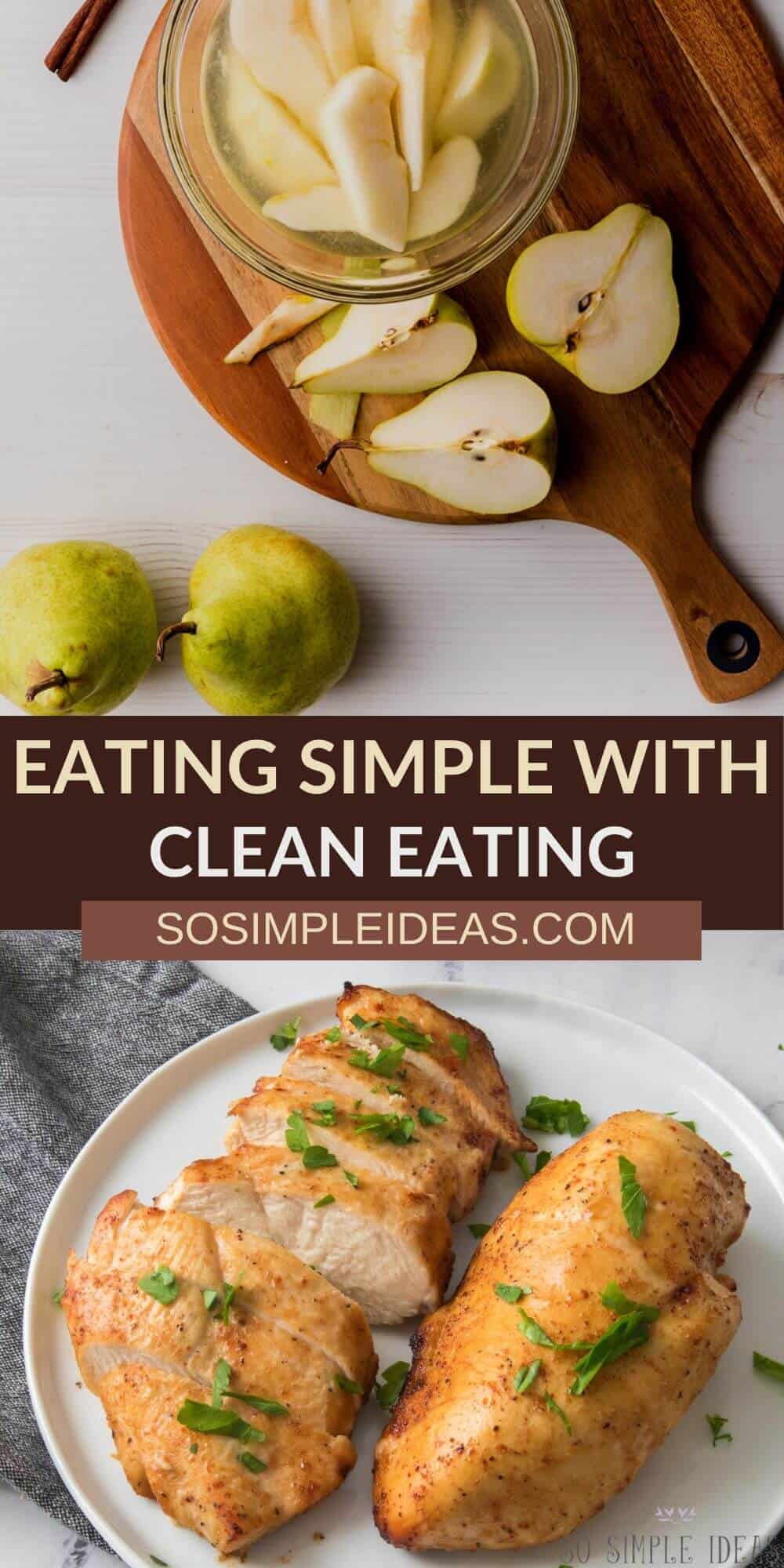Clean eating is a way of eating that emphasizes a good balance of whole, unprocessed foods that are high in nutrients. It’s a simple diet that can help with weight loss, improve your overall health, and save money.
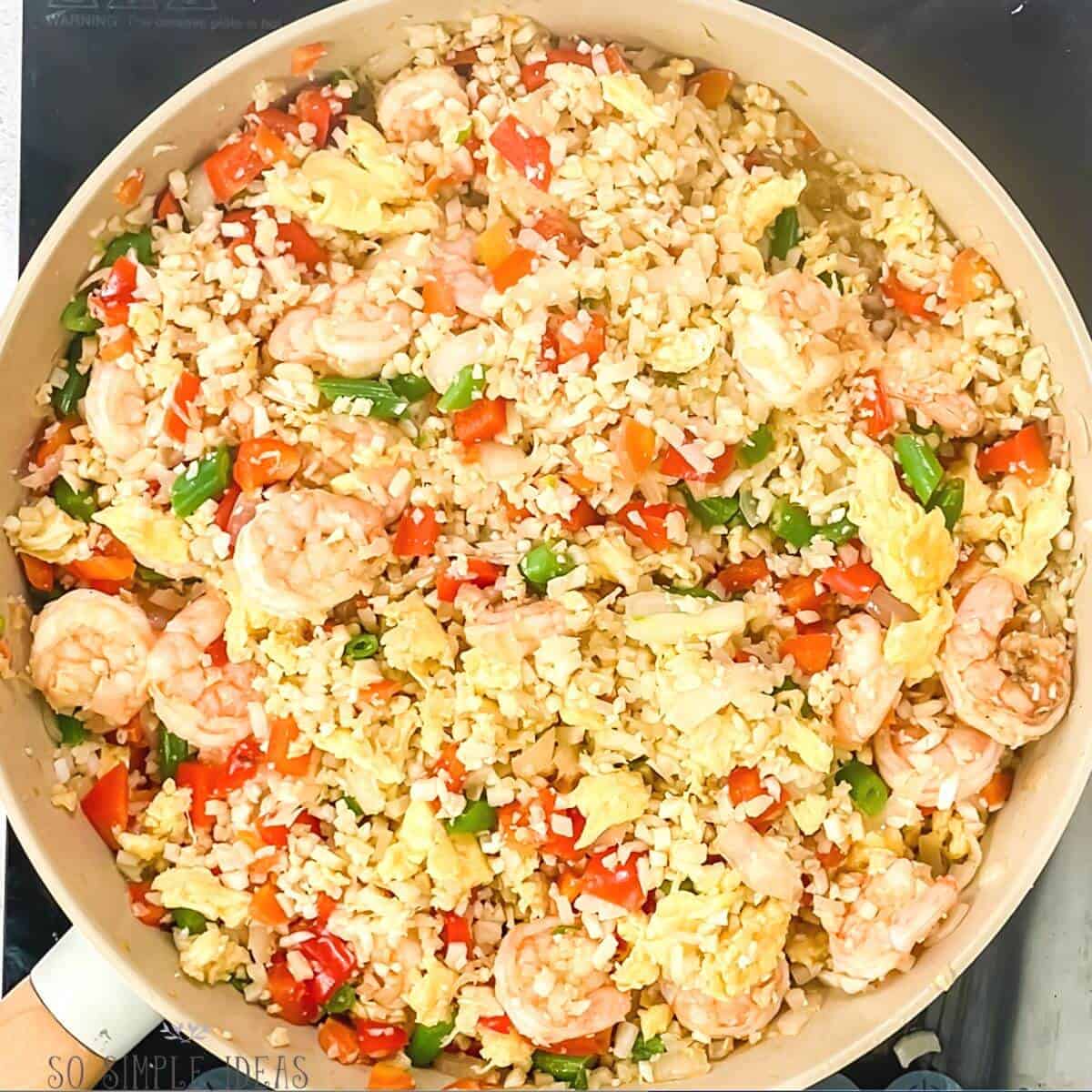
Most people who hear about clean and simple eating associate it with deprivation and restriction. They think that all you are eating is salads full of fruits and veggies, quinoa, and tofu. But, if you’re really looking to improve your eating habits, it is not like that at all.
What if I told you that clean eating could be simple, satisfying, and delicious? When you eat simple food, you avoid the unhealthy ingredients that can make you feel sluggish, tired, and unhappy.
Choosing what you put into your body can give you a sense of accomplishment, power, and health. Plus, eating clean gets easier and easier once you understand the basic concepts.
Clean eating is all about consuming whole, unprocessed foods. This doesn’t mean that you have to give up your favorite comfort foods – it just means finding healthier ways to enjoy them. In this article, I will introduce you to the concept and the benefits of clean and simple eating.
Table of Contents
What does clean and simple eating mean?
Eating clean means creating a healthy, conscientious approach to what you eat. The key to understanding how to eat simple food is knowing that it is a lifestyle and not simply a diet.
- Food quality: The emphasis of clean eating is on the quality of the food being eaten, and how well it will nourish you. High-quality food can help you perform better, handle stress more effectively, and feel happier.
- Whole foods: Clean eating means choosing foods that are as close to their natural form as possible. Focus on whole, nutrient-rich foods such as whole grains, fruits, vegetables, lean protein, dairy, and healthy fats.
- Less “junk” food: Clean eating is about cutting out added sugars, unhealthy fats, and filler ingredients from your diet and replacing them with more nutritious choices for your body.
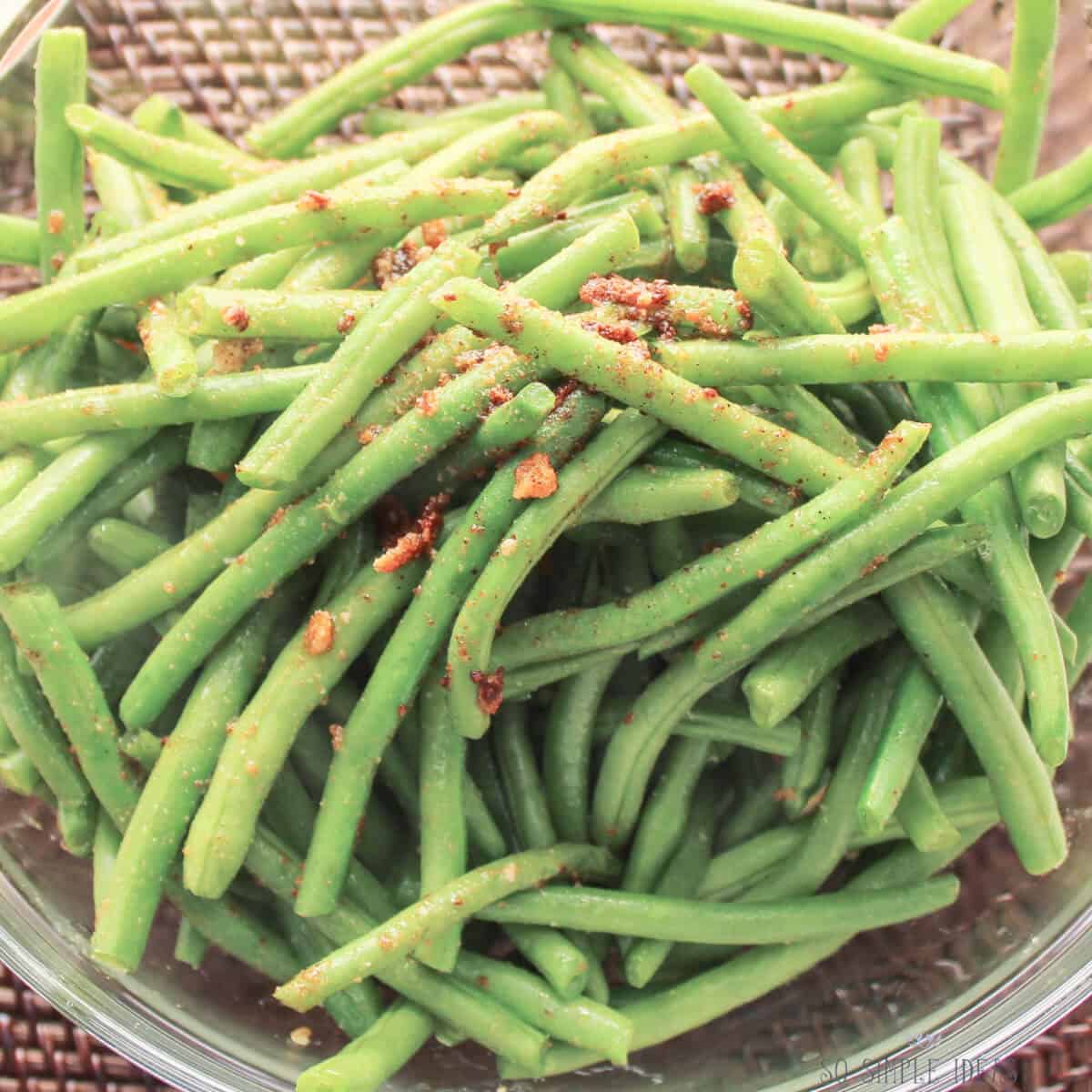
Eating Clean and Simple Food
Clean and simple eating is certainly growing in popularity, and there are many reasons why! It’s been associated with a number of health benefits, from boosting energy to improving digestion.
The eating plan also encourages the inclusion of nutrient-dense food products and limits those containing unhealthy ingredients. Here are a few ways you can start to eat simple food as part of a healthy lifestyle:
Cook at Home
It’s easier to control what goes into your food when you prepare it yourself. You can keep salt, sugar, flavors, and fats to a minimum. This Public Health Nutrition article found that people who cook dinner frequently at home are more likely to eat healthier than those who don’t, even if they aren’t actively trying to lose weight.
Eat Seasonally
When you eat produce that is in season, you’re getting the freshest, most flavorful food available. Produce that is in season is also typically at its cheapest price. By eating seasonally, you’ll not only improve your health but also help support your local farmers.
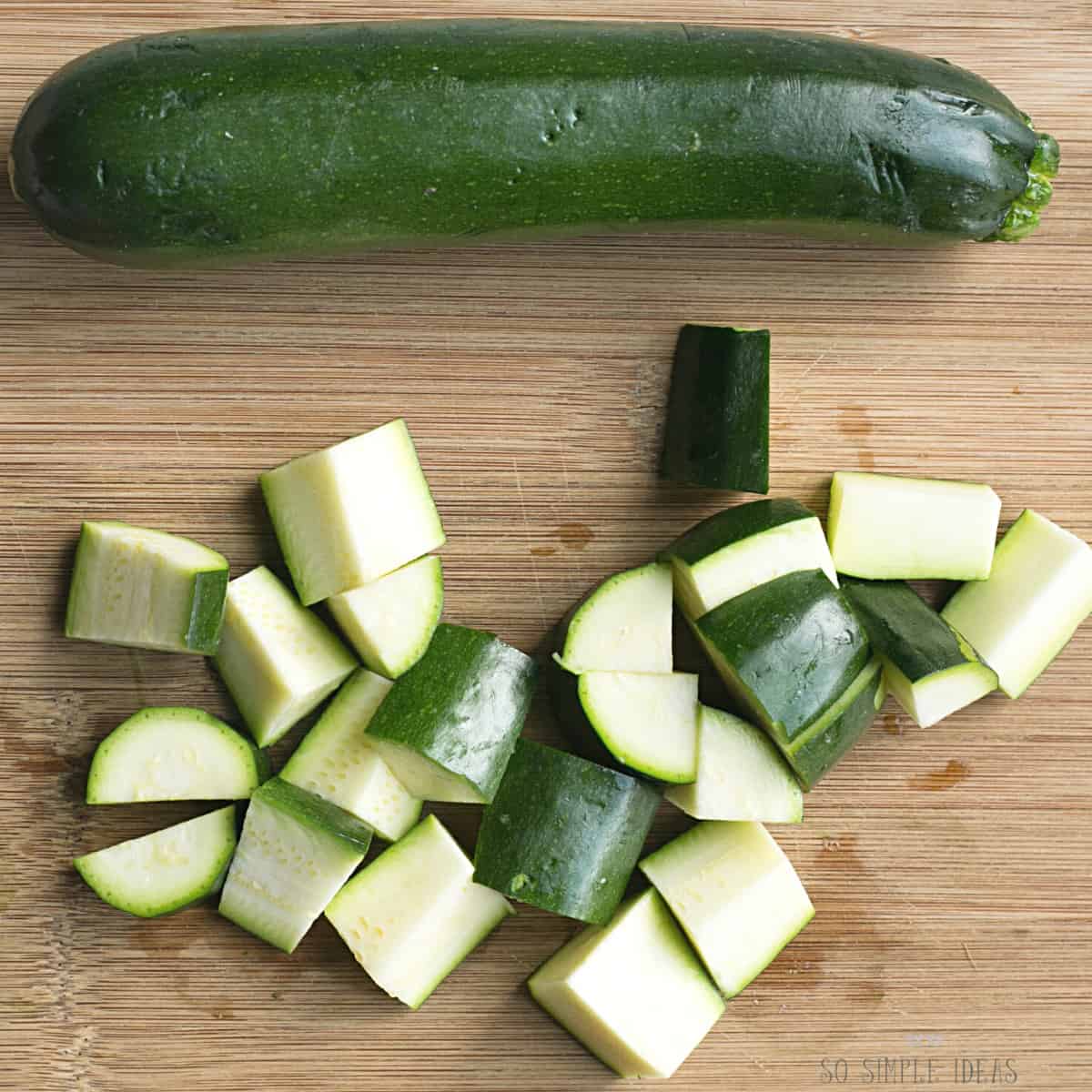
Shop the Farmers Market
As the weather starts to warm up, farmers markets are opening all over the country. This is a great opportunity to get to know your local farmers and purchase products directly from them.
The produce at a farmers market is typically fresher and cheaper than what you would find at a grocery store. You can often find a variety of other products, such as meat, eggs, cheese, and bread as well.
Keep It Simple
Cooking doesn’t have to be complicated. In fact, some of the best meals are the simplest. Basic cooking techniques and easy recipes can produce great-tasting food without a lot of fuss.
- Use simple ingredients. It’s easy to eat simple food by using simple ingredients. Skip the artificial colors, sweeteners, preservatives, and other manmade ingredients by reading food labels at the grocery store.
- Use basic cooking methods. Grilling, baking, and pan-frying are all easy methods that can produce great results. Plus, they don’t require a lot of specialized equipment or knowledge.
- Drink clear liquids. Rather than drinking sugary soft drinks and juices, sip water or herbal tea. Both are low in calories and can curb your hunger, giving you more energy. If flavored drinks are more to your liking, infuse your water with citrus slices or fresh mint leaves.
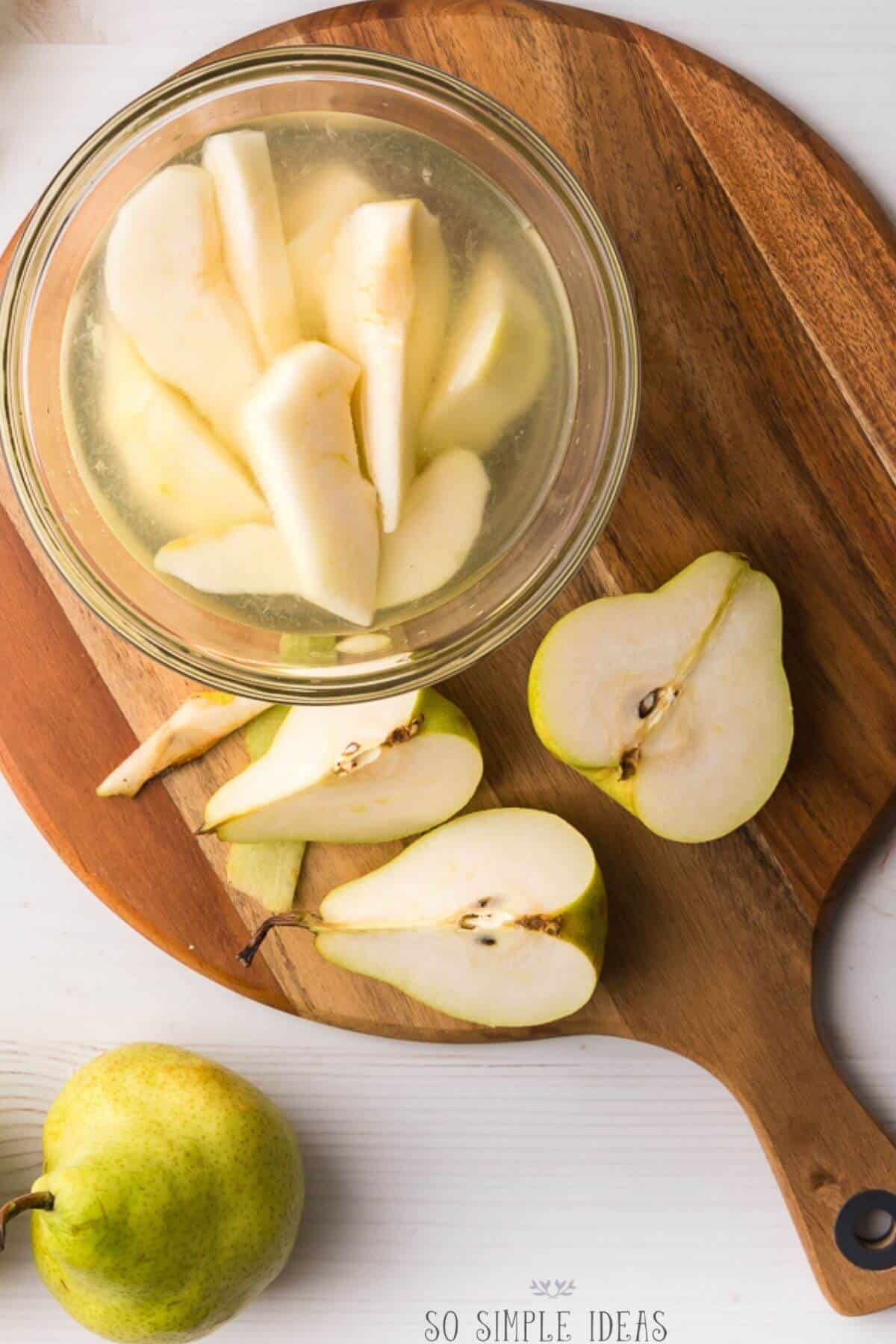
Make Your Calories Count
With clean and simple eating, you need to make mindful decisions about the foods you eat. Choose lean protein, complex carbs, and fats, as well as fresh fruits and vegetables. Eat small portions at regular intervals throughout the day. Try having three small meals a day and two to three snacks.
Enjoy Your Meals
When you eat simple food, take the time to enjoy your meal. Not only will you be more likely to feel satisfied after eating, you’ll also be doing your body a favor.
Eating slowly allows your stomach to send signals to your brain letting you know when you’re full. This means that you’re less likely to overeat.
Tips on How To Eat Simple Food
- Read the labels. When you’re new to eating clean, it’s important to learn how to read nutrition labels. Look for labels with a limited number of ingredients. Avoid foods that indicate added processing.
- Plan your meals and snacks. You are less likely to go long stretches without eating if you have a plan in place.
- Prepare ingredients ahead of time. Chop and measure what you’ll need for meals the night before or first thing in the morning. Or, spend time on the weekend meal prepping for the upcoming week.
- Make an organized shopping list. A grocery list helps you stick to your clean and simple eating plan. You’ll be less likely to spend money on impulse items and will stick to the aisles that have the foods you need.
- Don’t get discouraged when you can’t follow your meal plan. Sometimes things happen that throw a wrench in your plan. Don’t beat yourself up! Focus on getting back on track and staying motivated.
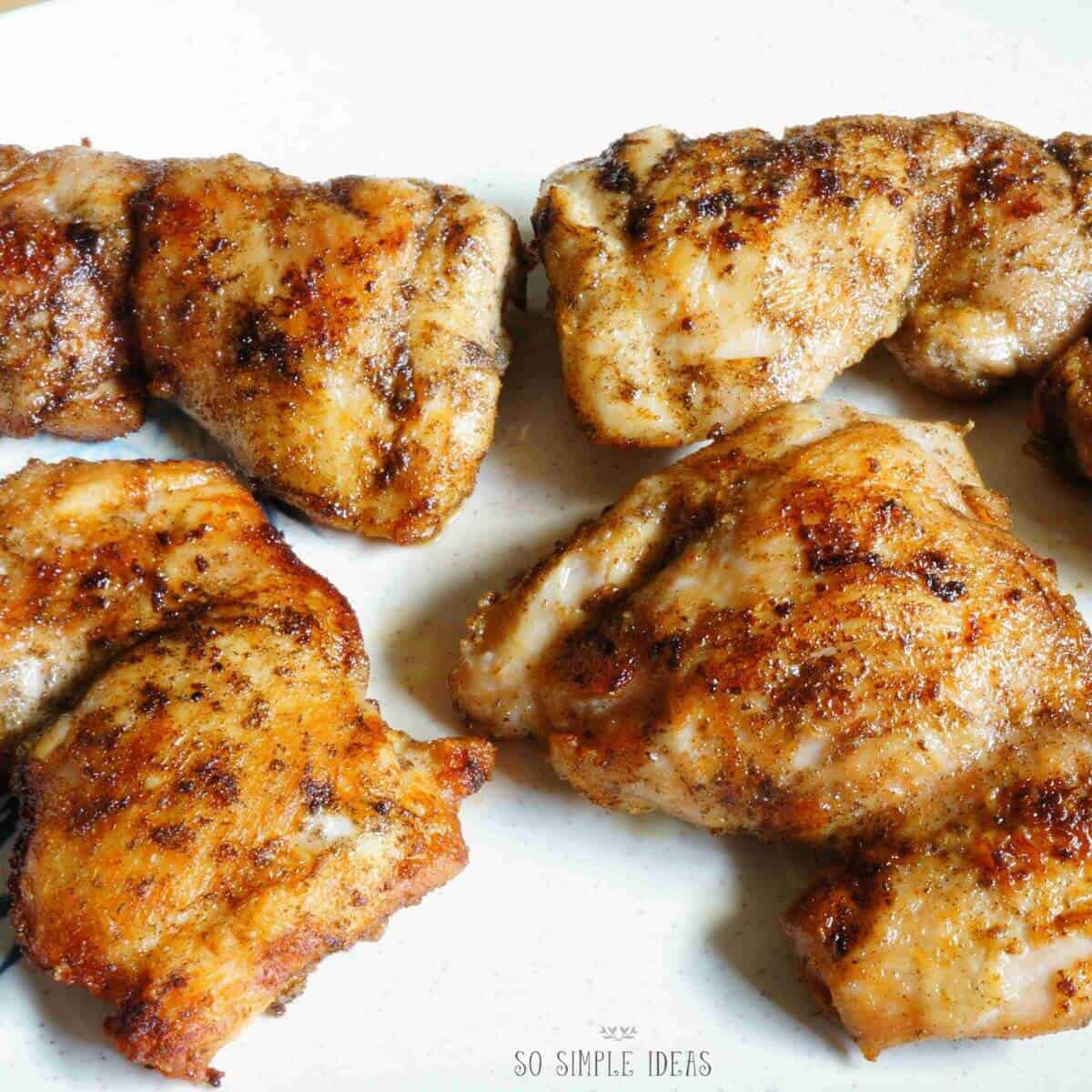
Grocery List For Clean and Simple Eating
The best clean foods to include in your meal prep will not only help you eat simple food, but also ensure that you are getting enough of the important nutrients that your body needs.
Here’s a list of clean and simple foods to add to your grocery list:
Proteins
If you’re looking to get the most from your protein choices, it’s best to look for sources that are high in quality protein (containing more protein than fat and carbs), low in saturated fat, and loaded with nutrition.
- Grass-fed meat: beef, steak, goat, lamb
- Free-range protein: eggs, chicken, turkey, duck, pork
- Fresh seafood: fatty fish like salmon, lean fish like tuna, shellfish, squid
- Plant-based protein: beans and legumes, lentils, green peas, edamame, tofu
- Organic dairy: milk, cheese, butter, yogurt
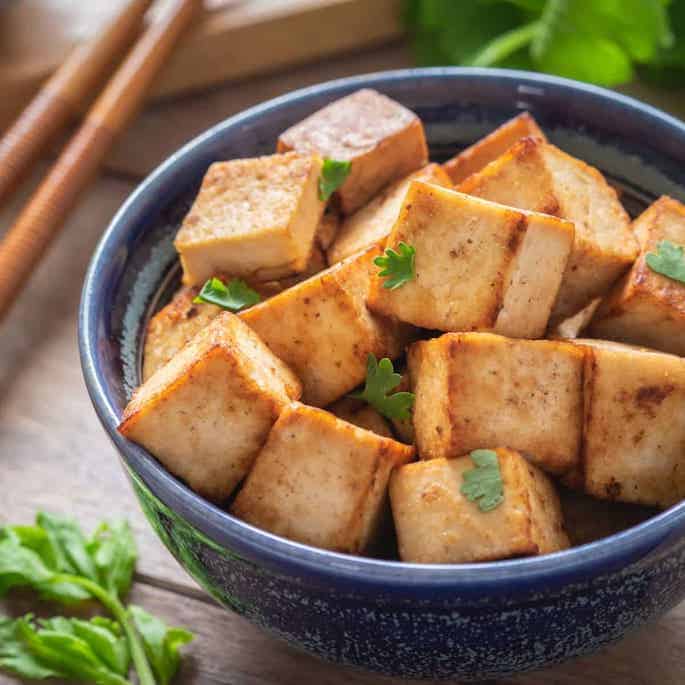
Carbohydrates
If you want to eat simple food, get your carbohydrates from whole foods like vegetables, fruits, and grains. Fiber-rich carbs like whole grains are best for clean and simple eating, while simple sugars should be limited.
- Whole grains: whole wheat bread, whole wheat pasta, barley, cereal grains
- Gluten-free alternatives: rice, oatmeal, quinoa, buckwheat, millet
- Starchy Vegetables: potatoes, yams, corn, squash
Healthy Fats
Fat is a crucial part of a healthy diet, including clean and simple eating. Along with fish, you can find plenty of healthy fats in plant-based sources.
- Fruits: avocados, olives, cacao, coconut
- Nuts and nut butters: almonds, peanuts, cashews
- Seeds: chia, sesame, flax, sunflower, hemp, pumpkin
- Oils: coconut, olive, sesame
Fresh Produce
One of the easiest ways to eat simple food is with fresh fruit and non-starchy vegetables. They’re rich in micronutrients, which make them a healthy addition to any clean eating meal plan, and are naturally low in calories.
- Leafy greens: spinach, bok choy, kale, lettuce, cabbage
- Cruciferous vegetables: cauliflower, broccoli, brussels sprouts, arugula
- Sea vegetables: nori, kelp, spirulina
- Berries: strawberries, blueberries, raspberries, blackberries
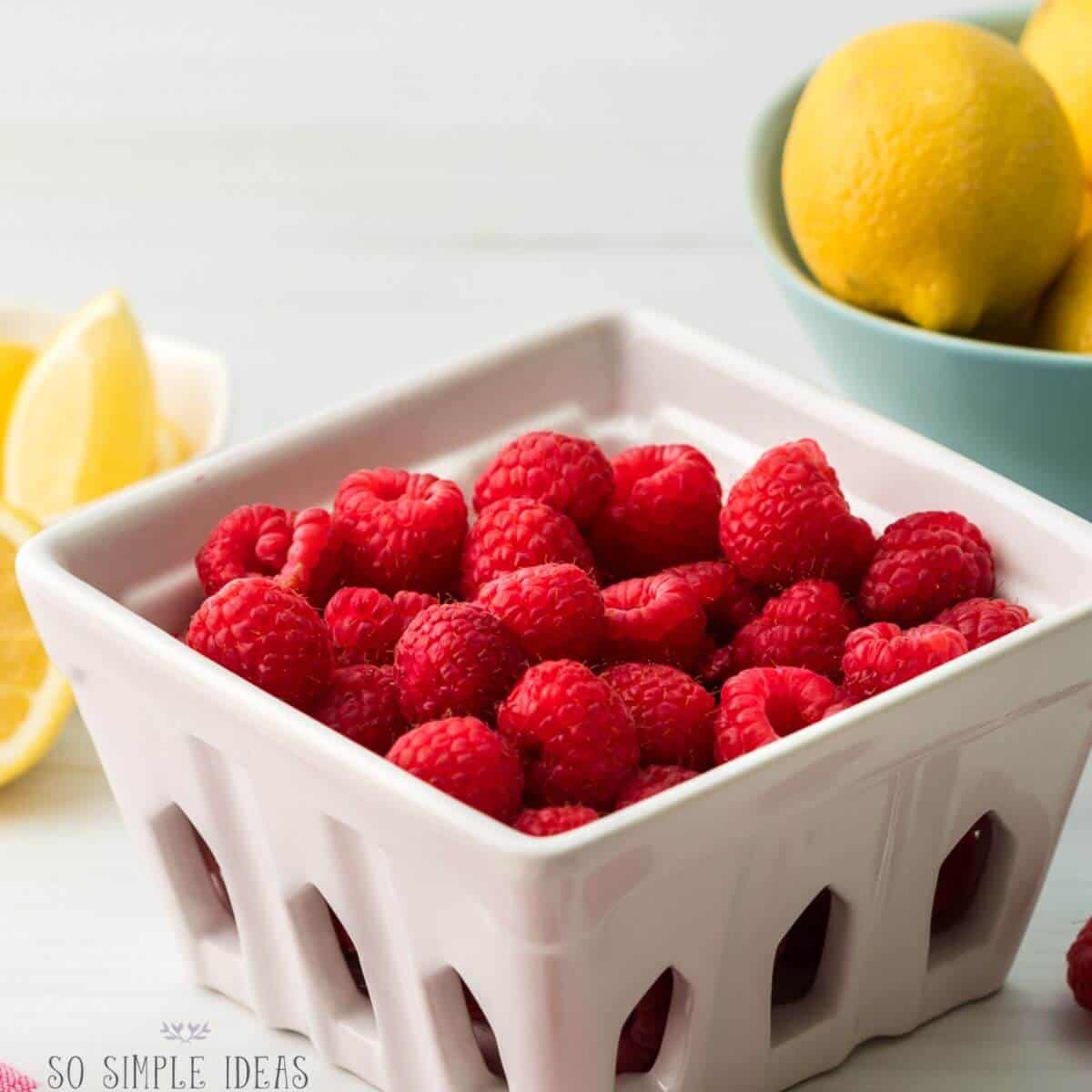
Foods to Avoid
Clean and simple eating emphasizes eliminating highly processed foods. These are often high in added sugar, sodium, and trans fats and low in overall nutritional value. Aim to reduce or eliminate foods that have a long list of ingredients, including the following:
- Processed foods
- Artificial sweeteners and artificial flavors
- Artificial preservatives and chemical additives
- Sugary beverages and alcohol
- Saturated fats and trans fats
FAQs on how to eat simple
If you don’t see your question answered below, don’t be afraid to let us know in the comments!
Whole foods eaten in their natural state or prepared with a simple cooking method are often the easiest to eat. Aim for a variety of foods that provide the best nutrition and keep you feeling full.
Go back to basics. One of the best ways to simplify your diet is to eat foods that have few ingredients. Look for products that list minimal, recognizable ingredients like whole grains, fruits and vegetables.
Choose foods that are made of simple, whole ingredients. Minimalist foods require few ingredients and steps to make, and they can often be prepared in one pan or pot.
While the answers may vary depending on who you ask, the simplest diet is clean eating. It requires basic food, basic ingredients, basic cooking method, and basic beverages.
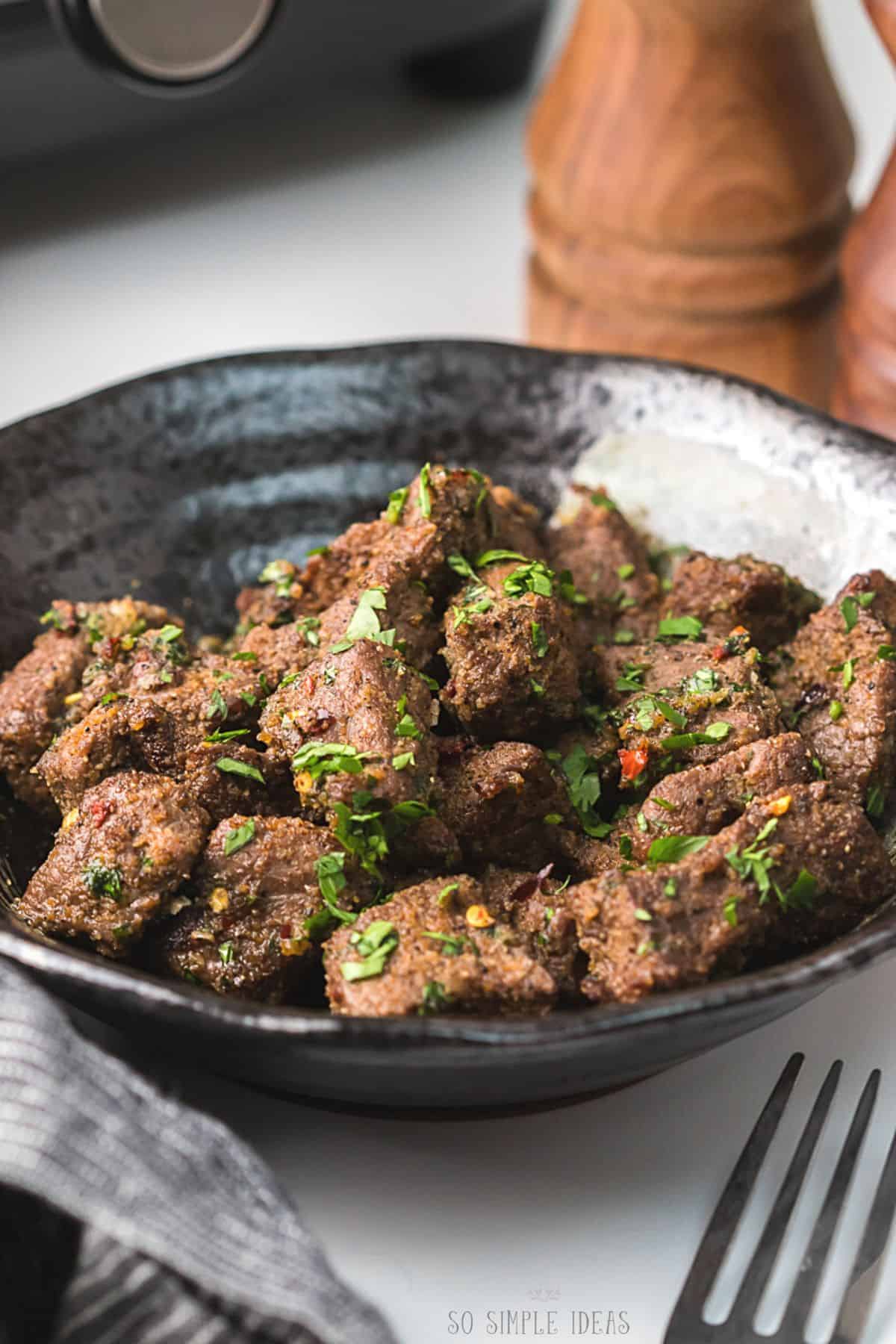
Other Articles You May Be Interested In
If you enjoyed reading this article, here are other articles you might find interesting as well:

